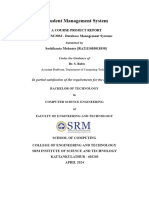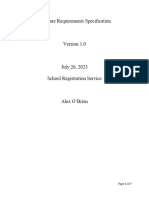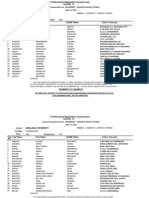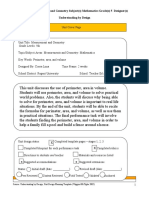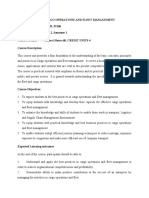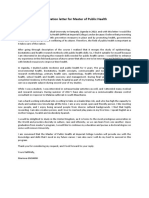0% found this document useful (0 votes)
5 views10 pagesDMS OCES Assignment
The document outlines the design and implementation of an Online Course Enrollment System aimed at automating student registration and improving data integrity and scalability. It details the system's objectives, stakeholder needs, core functionalities, database design, normalization process, and implementation plan. Future enhancements are also suggested to further optimize the system's performance and user experience.
Uploaded by
manzoormurshedctgCopyright
© © All Rights Reserved
We take content rights seriously. If you suspect this is your content, claim it here.
Available Formats
Download as PDF, TXT or read online on Scribd
0% found this document useful (0 votes)
5 views10 pagesDMS OCES Assignment
The document outlines the design and implementation of an Online Course Enrollment System aimed at automating student registration and improving data integrity and scalability. It details the system's objectives, stakeholder needs, core functionalities, database design, normalization process, and implementation plan. Future enhancements are also suggested to further optimize the system's performance and user experience.
Uploaded by
manzoormurshedctgCopyright
© © All Rights Reserved
We take content rights seriously. If you suspect this is your content, claim it here.
Available Formats
Download as PDF, TXT or read online on Scribd
/ 10









